At the crossroads of innovation and tradition, the art of painting underwent a remarkable evolution between the 18th and 20th centuries. From the rigors of classicism to the boldness of the avant-garde, each period revealed new ways of interpreting reality through the brush. This article explores the odyssey of pictorial techniques, highlighting the styles that have defined three centuries of art history.
18th Century Classicism: The Dawn of Artistic Modernity
The 18th century, marked by the rise of the Enlightenment, saw the classicism reached its apogee, characterized by a quest for harmony and balance inspired by the ideals of Greece and Greece. Ancient Rome. This period emphasizes precision of form, clarity of composition and the judicious use of light and shadow to create depth and perspective. Artists of this era, such as Jacques-Louis David, favored the oil paintingHe exploited his ability to superimpose colors for an almost photographic effect of realism and detail, while incorporating themes of morality, heroism and virtue that reflected the values of their time.
19th Century: Artistic Revolutions and the Birth of Impressionism
The 19th century was a period of major upheaval in the art world, characterized by a rapid succession of movements that challenged conventions and introduced new ways of seeing and representing the world. ImpressionismThe Impressionists, with leading figures such as Claude Monet and Edgar Degas, made a radical break with tradition, favoring the ephemeral impressions of light and color over the rigor of clear contours and noble subjects. The Impressionists embraced plein-air painting, capturing fleeting moments of everyday life and using rapid brushstrokes and pure colors to capture the essence of their subject, laying the foundations for the modernisms to come.
20th Century: The Avant-Garde Era and Experimentation
The 20th century paved the way for unprecedented experimentation in painting, with the emergence of movements such as the cubismcubism, futurism, expressionism and surrealism, which sought to push back the boundaries of artistic expression. Artists of this period, such as Pablo Picasso for Cubism and Salvador Dalí for Surrealism, explored new perspectives, breaking down reality into geometric shapes or delving into the depths of the unconscious to unleash the creative potential of the mind. At the same time, the introduction of acrylic paint in the 1950s offered artists an alternative to oil, with shorter drying times and greater flexibility of use, facilitating experimentation with textures and mixed techniques.
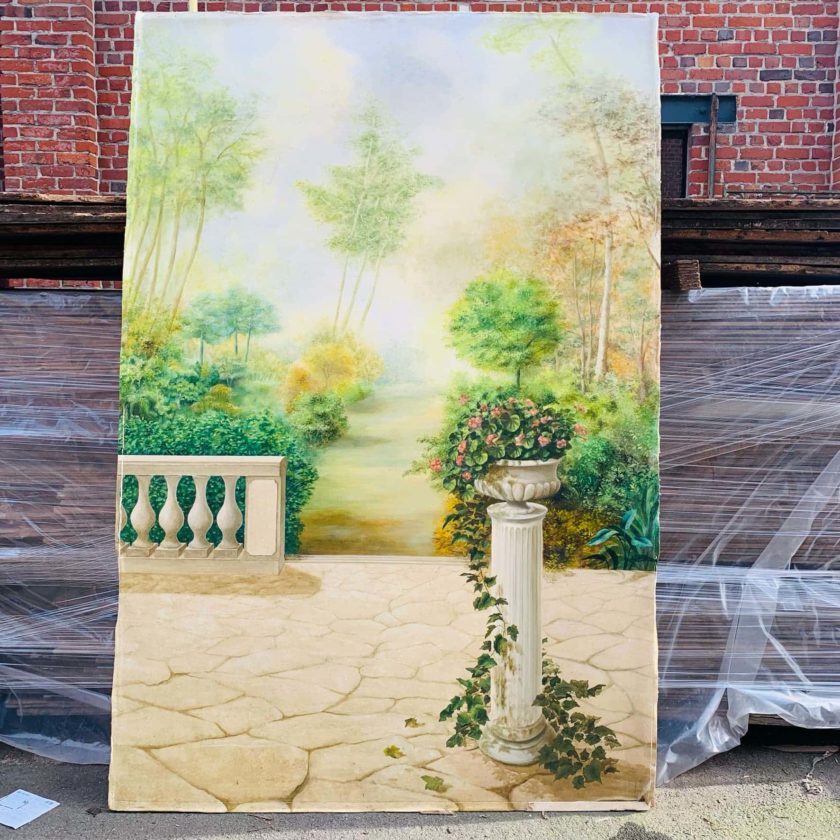
From classical harmony to the turbulence of the avant-garde, painting has traced a rich and diverse arc through the centuries. Each movement, with its innovations and masters, has enriched the artistic heritage, leaving us a legacy of infinite beauty and depth of expression. The history of painting, from the 18th to the 20th century, bears witness to man's ceaseless quest to push back the frontiers of creativity.
News
-
New
Buste de Jean-Baptiste COLBERT d’après Antoine COYSEVOX (1640-1720)
2 637,50€ (2 500,00€ excl. tax)1 En stock -
-
-
-
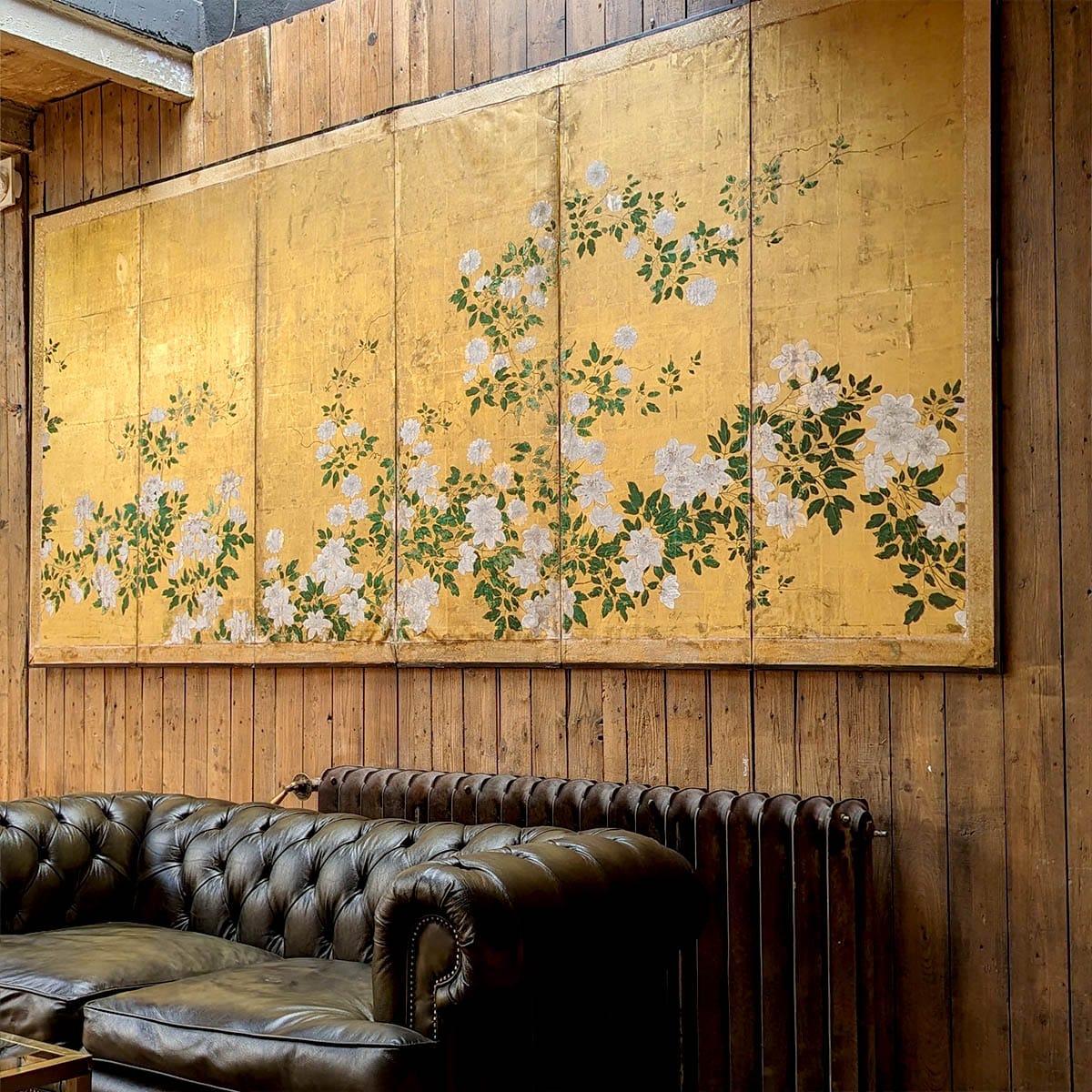
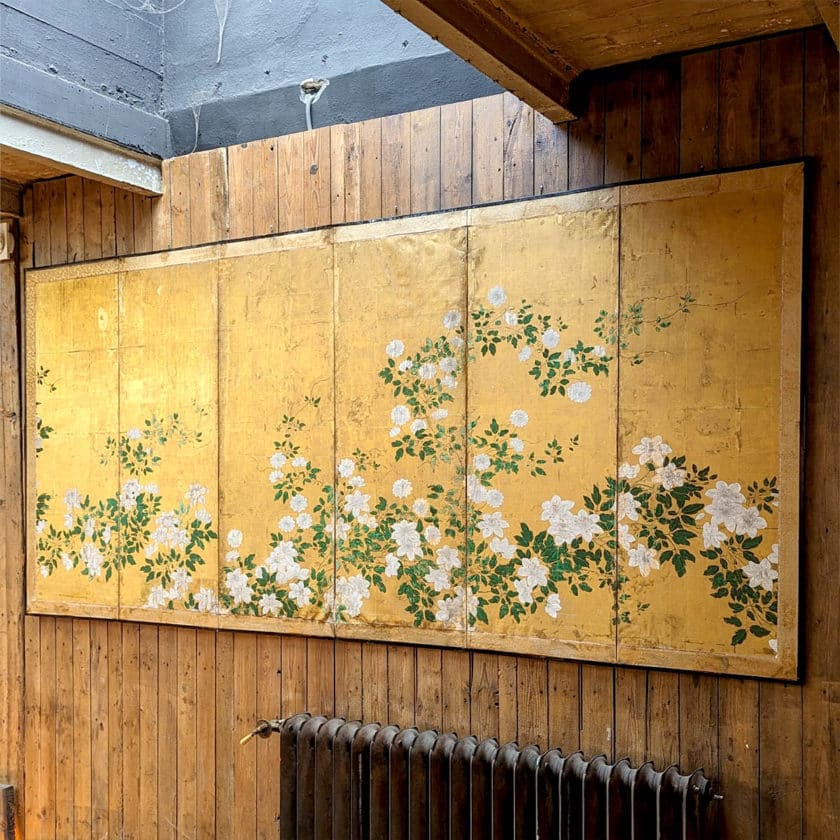


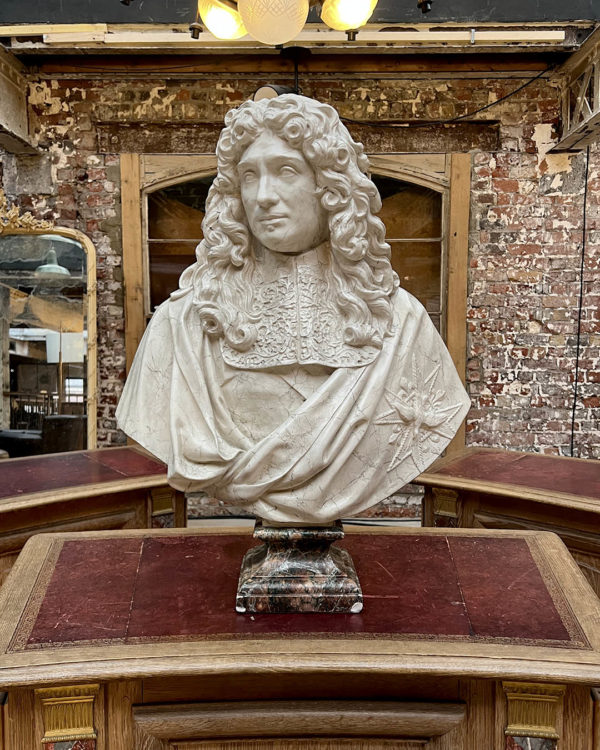










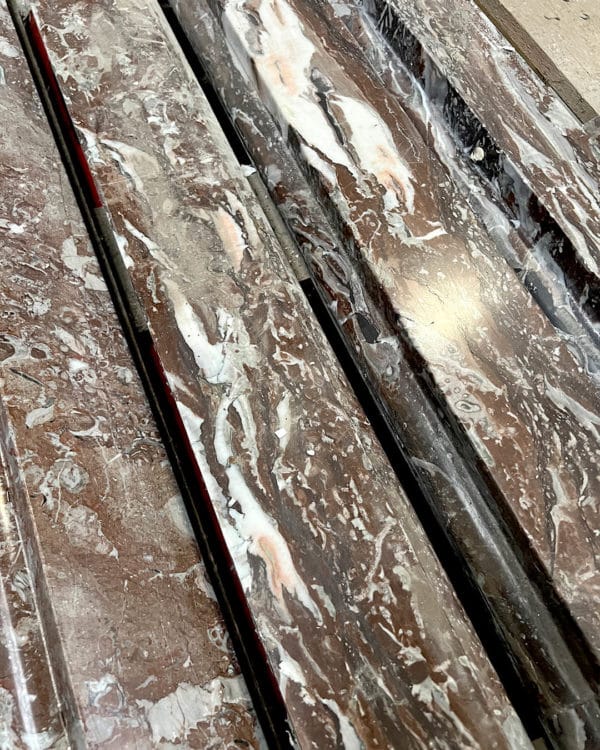
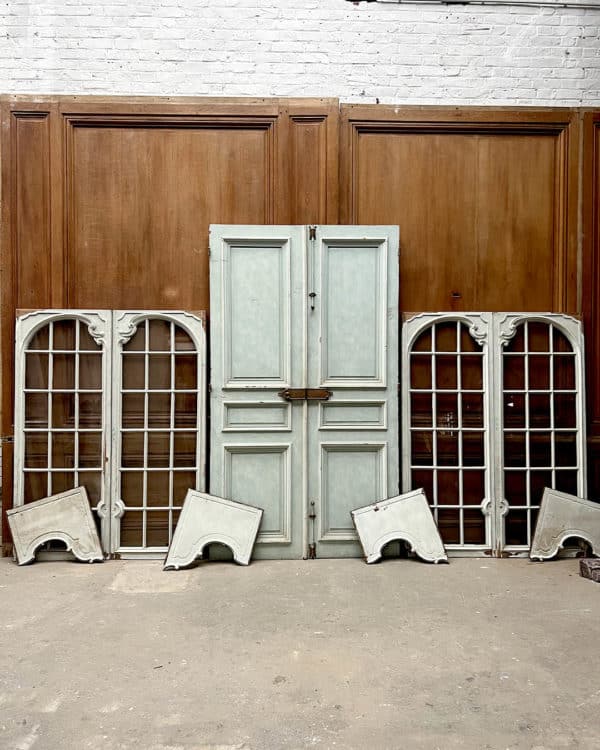




 No products in the cart.
No products in the cart.